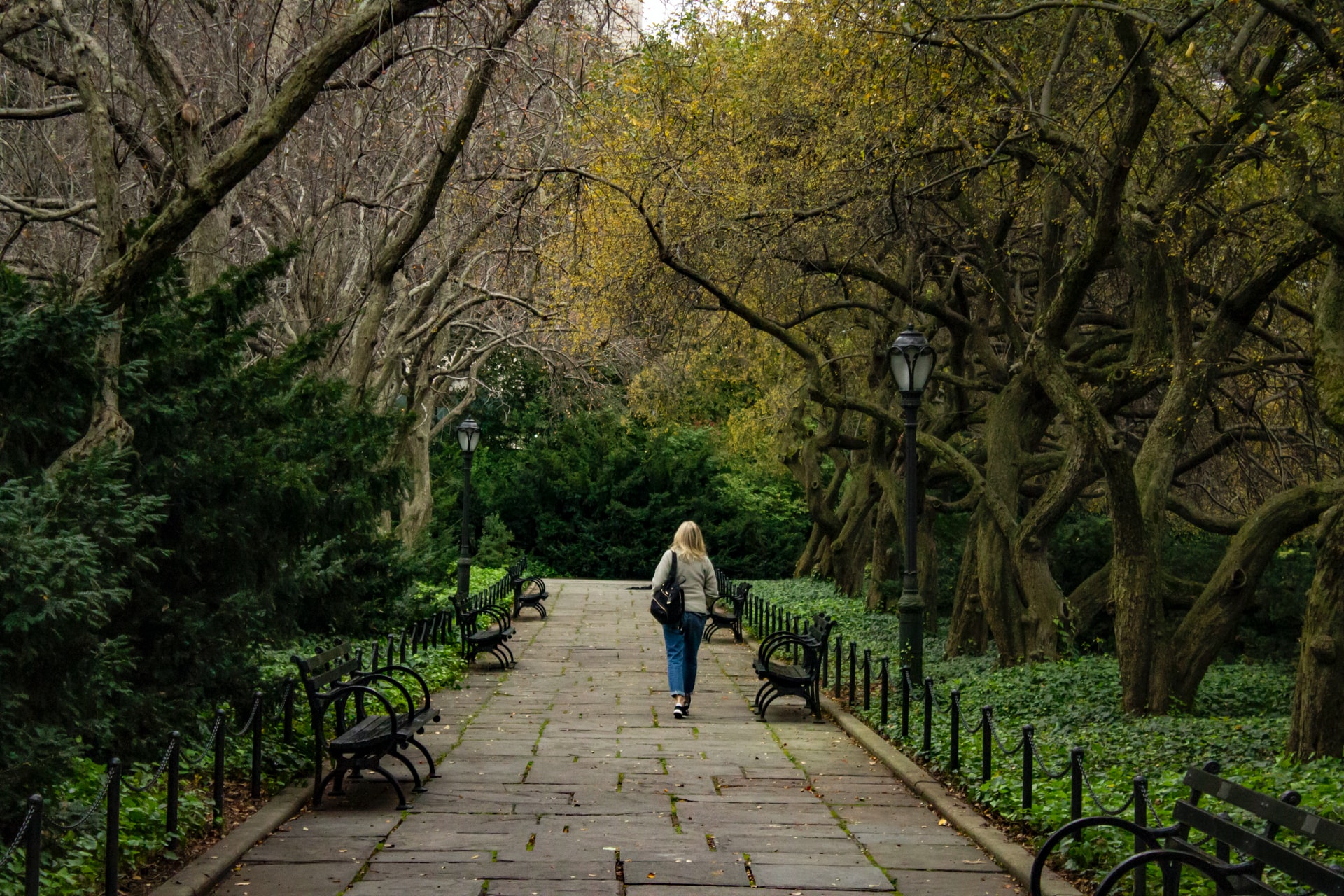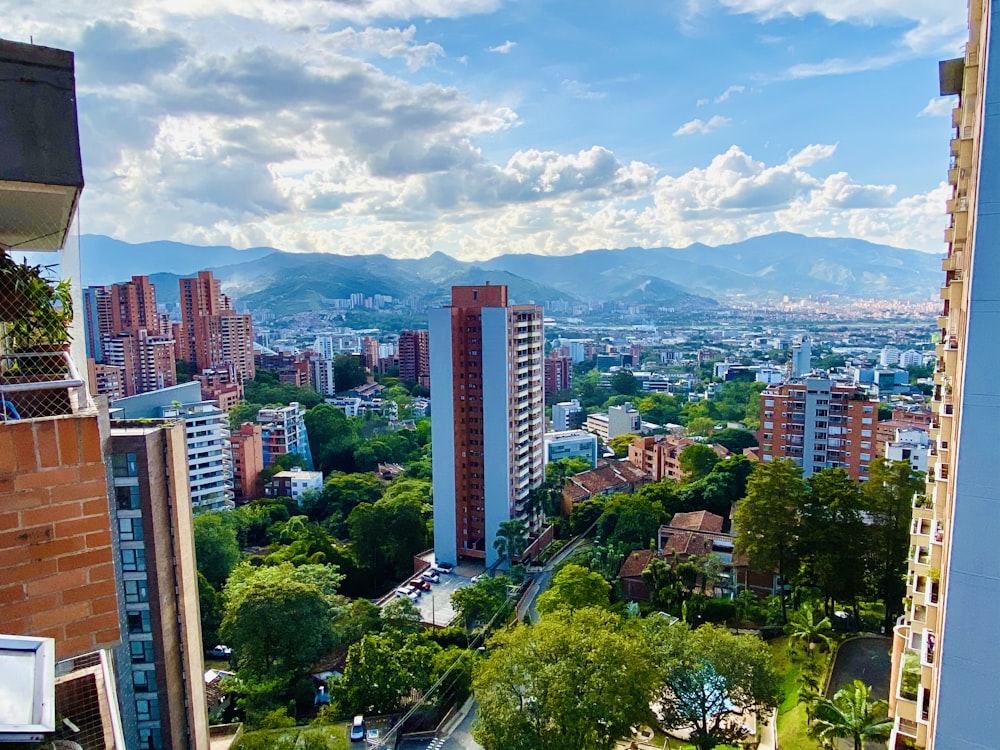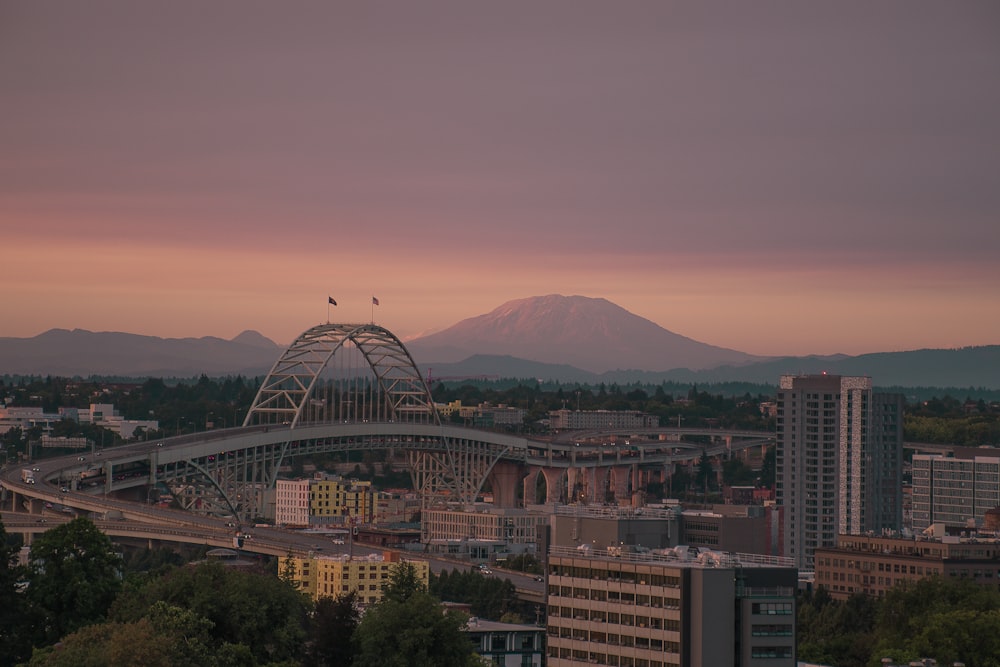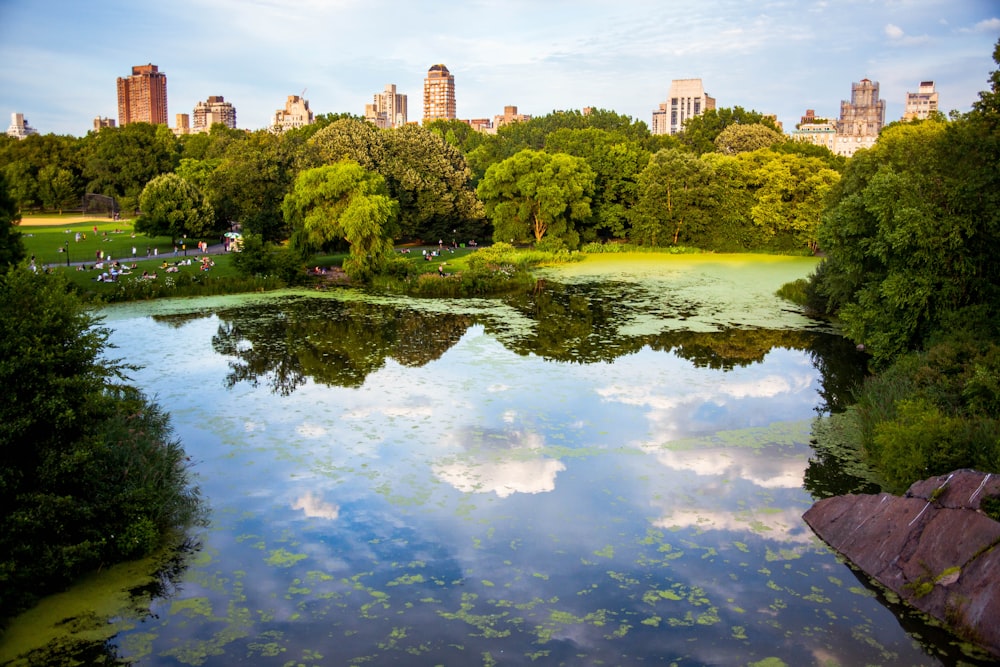Green Cities: The Solution to Urban Growth?

The city is an eclectic and lively urban playground. Offering job opportunities, culture, and convenience—it’s not surprising that most of the world has chosen to make the city their home. And more will in the future. According to the UN, by 2050 68% of the world’s population will live in urban areas. But as cities grow, consuming energy and resources while releasing pollutants into the atmosphere, so does the threat of flooding, smog, and disease. The UN predicts that most of this urban growth will occur in developing countries, as their booming economies draw more people from rural to urban areas. In the long term, this means more energy-efficient areas as countries make the switch from firewood to commercial energy sources like electricity to meet growing demand. However, developing cities must expend a vast amount of energy and resources before these improvements can take place—putting a lot amount of stress on the environment in the process.
Enter the green city: the planet-friendly solution to the problems caused by urban growth.
What are green cities?
According to the Institute for Housing and Urban Development Studies at the Erasmus University in Rotterdam (IHS), green cities prioritize energy efficiency and aim to minimize environmental impact by embedding green solutions, a sustainable economy, land compactness, and mixed land use into their development. When applied to the urban areas of the developing world, the green city framework could alleviate the stress urbanization puts on the environment.

What are the benefits do green cities have to offer?
Green cities have the potential to lower the risk of flooding in urban areas, combat rising temperatures caused by high energy consumption, support biodiversity, improve general health and wellbeing, and even promote social cohesion. According to the IHS framework, green cities solve urban environmental issues by supporting solutions like green infrastructure, green transport, green buildings, and greening urban agriculture.
Green cities around the world
There are lots of green cities and smart cities around the world. Here are just a few!
Reykjavik, Iceland
Green cities like Reykjavik in southwestern Iceland have already begun implementing these solutions. The city minimizes its energy footprint by deriving the entirety of its heat and electricity from renewable geothermal and hydroelectric sources. As a result of funding and legislation passed in the late 20th century, Reykjavik and the rest of Iceland had managed to reduce their use of fossil fuels to 15% by 2015.
Since 2003, Reykjavik’s public transport has relied on hydrogen fuel-cell buses in place of their diesel counterparts, which derive their fuel from crude oils and release pollutants into the atmosphere. Despite this, transportation remains Reykjavik’s main source of greenhouse gas emissions—mainly due to the fact that only 4% of the city’s travel is done on public transportation. To remedy this, Reykjavik plans to promote public transport by expanding its bus and train systems and creating a public mode of travel between itself and other cities. The city also plans to encourage the use of electric vehicles by implementing policy and making charging stations more available for user convenience.
Portland, Oregon
The city of Portland, Oregon boasts over 12,000 acres of green space, giving citizens ample room to connect with nature and each other. These spaces improve citizens’ health by providing open areas for exercise and community gatherings while reducing exposure to pollutants, noise, and excessive heat. They also improve mental health by providing a calm and restorative environment for citizens to destress and ground themselves in. By allowing vegetation to grow and attract new species to these environments, green spaces promote biodiversity and the conservation of endangered species.

Portland is also committed to sustainable infrastructure and has had a dynamic green building policy in place since 2001. Green buildings benefit the environment by factoring ecological solutions like energy and water efficiency, renewable energy, and waste reduction into their design. By requiring that all new city buildings meet the U.S. Green Building Council’s Leadership in Energy and Environmental Design (LEED) program’s standards, Portland helps curb the negative impact that high energy use and resource waste in infrastructure have on the environment. Through projects like the Interstate Renovation Project, which features a cooling vegetated green roof and solar panels for energy; Portland improves its air quality and conserves energy.
Kampala, Uganda
Just like in the west, the countries of the global south have their own exemplary green cities. Facing poverty and pollution as most developing cities do, Kampala, Uganda used vertical agriculture and policy change to provide work for its citizens, produce food, and purify the air. These urban gardens, supported by Ugandan law, were adapted to cramped urban spaces in order to grow crops in vertically stacked layers. In a country whose workforce still mostly relies on agriculture, the farms also provided struggling urban Ugandans with stable employment. These gardens also improve air quality, conserve rainwater, and provide a more energy-efficient method of food production than transporting goods grown in rural areas.
Struggling with massive traffic jams and poor air quality as a result of vehicle emissions, Kampala is still working to improve. To address the traffic and pollution problem caused by a lack of robust public transportation, Kampala plans to create a comprehensive bus service and enact legislation to curb congestion in the streets. Setting an example for the rest of the developing world, Kampala is a beacon of hope for the future of sustainable development. It’s a reminder that while urbanization is our future, environmental decline is not.
How can you make your city green?
While the work of transforming infrastructure is up to city officials, citizens aren’t powerless in the fight for sustainable development. Outside of recycling, reducing personal waste, and educating yourself and others, there are a ton of ways for you to “green up” your city. Here are some ideas:
Supporting Green Leadership
Supporting green leadership in your local and larger governments is the best way to promote green policy and green solutions. Read up on which of your politicians are in favor of sustainable development; volunteer and donate to campaigns and organizations in support of green infrastructure—make your voice heard in support of your city’s greener future. Advocating for the change you want to see provides the push needed to encourage politicians to make the right decisions.

Adopting Green Practices
You can also work towards your city’s greener future by choosing to live a more sustainable life. Making the decision to carpool, use public transportation, or bike to work can help reduce the carbon emissions caused by automotive travel. You can also contribute to efficient energy use by making the switch to LED lightbulbs, installing solar panels, and being conscious of your personal energy consumption. Making sure to encourage these sustainable practices in your neighbors and friends can turn your little actions into a large green wave.
Utilizing Green Space
The best way to protect green space is to use it. Take the time to appreciate your city’s parks, gardens, and trails in your daily life. Plan picnics and other outdoor events with your friends and neighbors, go on more walks, enjoy an occasional bike ride, and most importantly, cultivate your green spaces and keep them clean. Advocate for conservation and support projects that aim to create more green areas. All of these actions work to show city leadership that green spaces matter to the community—and that they’re worth protecting.

Supporting Urban Agriculture
We shouldn’t just move and live greener, we should eat green too. Buying local not only helps out your friendly neighborhood farmer, but is often a healthier and more delicious choice than industrially cultivated food. Visiting farmers markets, participating in local gardening initiatives, and advocating for policy that protects urban gardening space are all ways to make your city—and your dinner plate—greener. Being conscious of how you consume is step one of many in ensuring your city’s sustainable future, and encouraging others to do so as well makes greener city life a tangible reality.


Leave a Reply